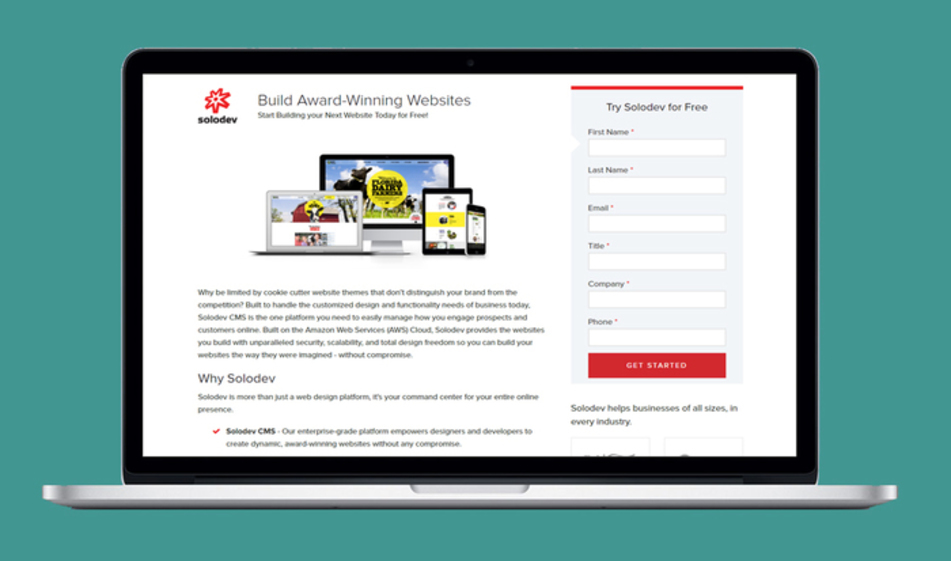Five Tools to Help Make Your Website ADA Compliant
With thousands of ADA lawsuits being filed each year, your website can't afford to ignore ADA compliance and the WCAG 2.0. Here are 5 tools to help make your website more ADA compliant.
The American with Disabilities Act (ADA) covers more than brick-and-mortar establishments. In recent years, there's been a significant uptick in ADA-related lawsuits regarding websites. Major companies like Target, Five Guys Burgers and Fries, and more have experienced lawsuits due to ADA compliant issues and negligence toward those issues on their sites.
Why is it such a major issue for your website? Roughly 19% of Americans (some 57 million people) have a type of disability. Ignoring ADA issues within your site both inhibits people with disabilities from fully experiencing your site (and your organization) and directly violates the Web Content Accessibilities Guidelines (WCAG).
How can you ensure your website remains ADA compliant? In short, keep up with the regulations and design your website's features and functions with disabilities in mind. If that sounds like a lot of work, don't worry. There are plenty of reliable tools online that can help get your website one step closer to becoming ADA compliant. At Solodev, we use a variety of features for our clients - particularly those in the public sector - to help them reach the highest rates of compliance for all users.
Here are five tools to help make your website ADA compliant:
-
Siteimprove
Siteimprove is the perfect "one-stop" solution. Siteimprove is able to give you a full health check at the website level and has a number of additional tools that also analyze things like broken links and SEO health.
-
Siteimprove Chrome Extension
The Siteimprove Chrome Extension allows developers to actually see what issues are present on any given web page and allows you to identify where in the source code the problem exists
-
Acrobat Pro
Acrobat Pro allows you to add a ton of Meta data to your PDFs. PDFs are often overlooked when you run compliance checks or undertake a remediation. Ensuring PDFs have all appropriate META will allow screen readers to better interpret them and present them to users with disabilities.
-
Color Safe
A considerable portion of the global population (especially males) have some degree of color blindness. (For an idea of just how confusing color blindness can be, Coblis offers an online color blindness simulator.) Color Safe allows designers to create a palate that is ADA compliant according to WCAG standards. Color Safe will help ensure that the carefully colored websites from your design team doesn't look like a single block of gray.
-
JAWS Screen Reader
Job Access With Speech (JAWS) is one of the most popular screen readers out there. Despite all the tools you may use to look at your site, nothing helps you identify issues quite like experiencing a website through the lens of a screen reader. JAWS comes with two multi-lingual synthesizers (Eloquence and Vocalizer Expressive), a fast info search assistant called Research It, and full compatibility with other ADA compliance technologies and softwares.
These 5 tools for ADA compliance are far from the only ones found online. It's always best to consult with an ADA compliance specialist if you have any specific questions regarding individual webpages. Worried about ADA compliance and confused as to where to get started? Solodev's guide on ADA compliance could help you get one step closer!






